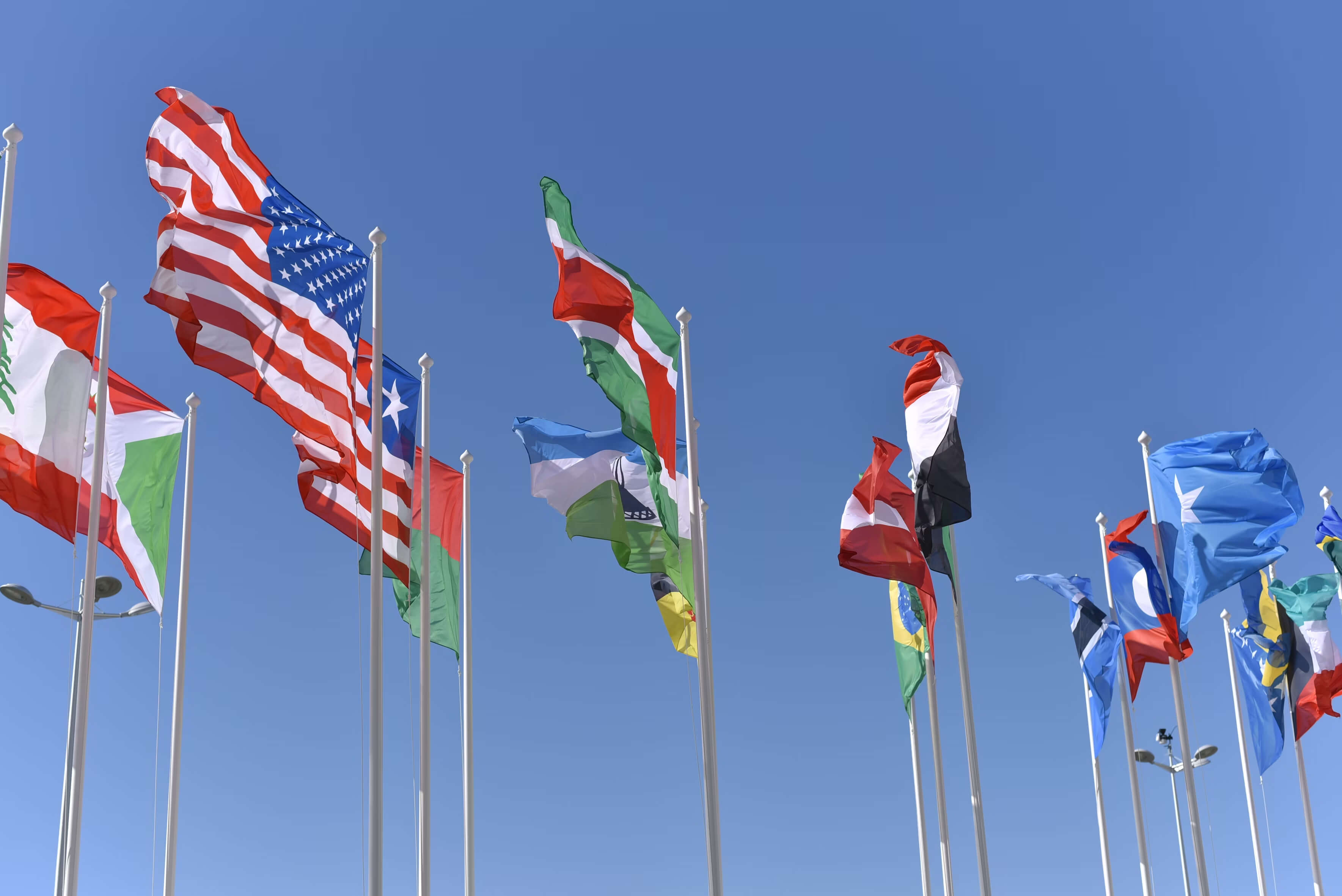Arm's length analysis.
Easy compliance.
Let RDIG help you avoid double taxation and steep penalties.

Our Process
MNEs engaging in cross-border intercompany transactions must be able to document and support transfer pricing policy. RDIG provides full support for your companies' transfer processing compliance.
Expert Analysis
RDIG assesses the functions, assets, and risks in all related-party dealings.
Benchmark studies
Applying comparable data and market analysis, we establish arm’s-length pricing for all goods, services, intangibles, and financing arrangements.
Documentation & support
We prepare your compliance reports to satisfy local and OECD requirements, and provide ongoing support in case of reviews or disputes.
No matter the size of your business, compiling a thorough and accurate overview of R&D expenses requires specialized expertise.
That’s where we come in. RDIG’s team specializes in conducting comprehensive studies to identify and document all qualifying activities and expenses, ensuring our clients can maximize their credit while maintaining a robust defense in the rare event of an IRS or state audit.
What is Transfer Pricing?
Transfer pricing models are applied by national governments to any exchanges of value between related entities within a multinational enterprise (MNE).
- Intercompany sales of products or raw materials
- Loans & financing agreements
- Intellectual Property Licensing
- Shared services such as administration and R&D
The Purpose
The purpose of transfer pricing is to ensure that inter-company transactions are conducted at arm’s-length (i.e. priced similarly to how they would have been had they had occurred between independent parties under comparable circumstances). These exchanges are scrutinized because they can affect how profits are allocated across jurisdictions, and therefore how much tax is paid in each. Proper transfer pricing policies and documentation are required for these exchanges of value to demonstrate compliance and avoid adjustments, double taxation, and costly penalties.
Frequently Asked Questions
Most countries follow guidelines from the OECD, though each jurisdiction has its own regulations, documentation standards, and penalties.
Common examples include cross-border sales of goods, provision of services, licensing of intellectual property, cost-sharing arrangements, and intercompany loans.
A benchmark (or comparability) study identifies market comparables to justify that transfer prices align with the arm’s-length principle.
Typically, companies must maintain a Master File (group-level overview) and Local File (transaction-specific detail), along with country-by-country reporting in some cases.
An APA is a binding agreement with a tax authority that predetermines acceptable transfer pricing methods for specific transactions, reducing audit risk.
Transfer pricing is a frequent audit focus. Contemporaneous documentation and reliable benchmarking are key to defending policies.
Contact Us
Our team will get back to you within 24 business hours